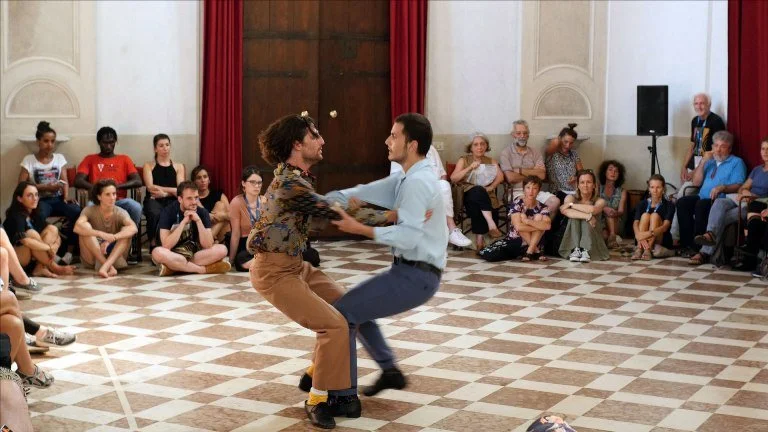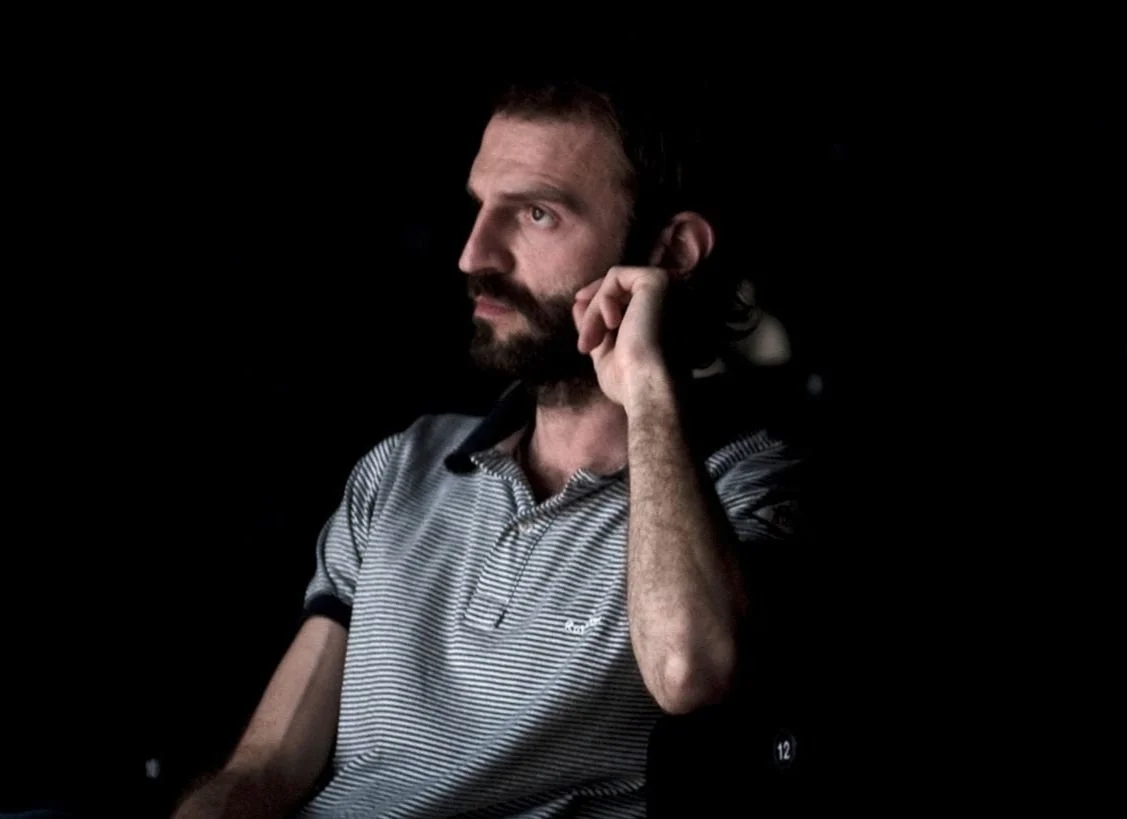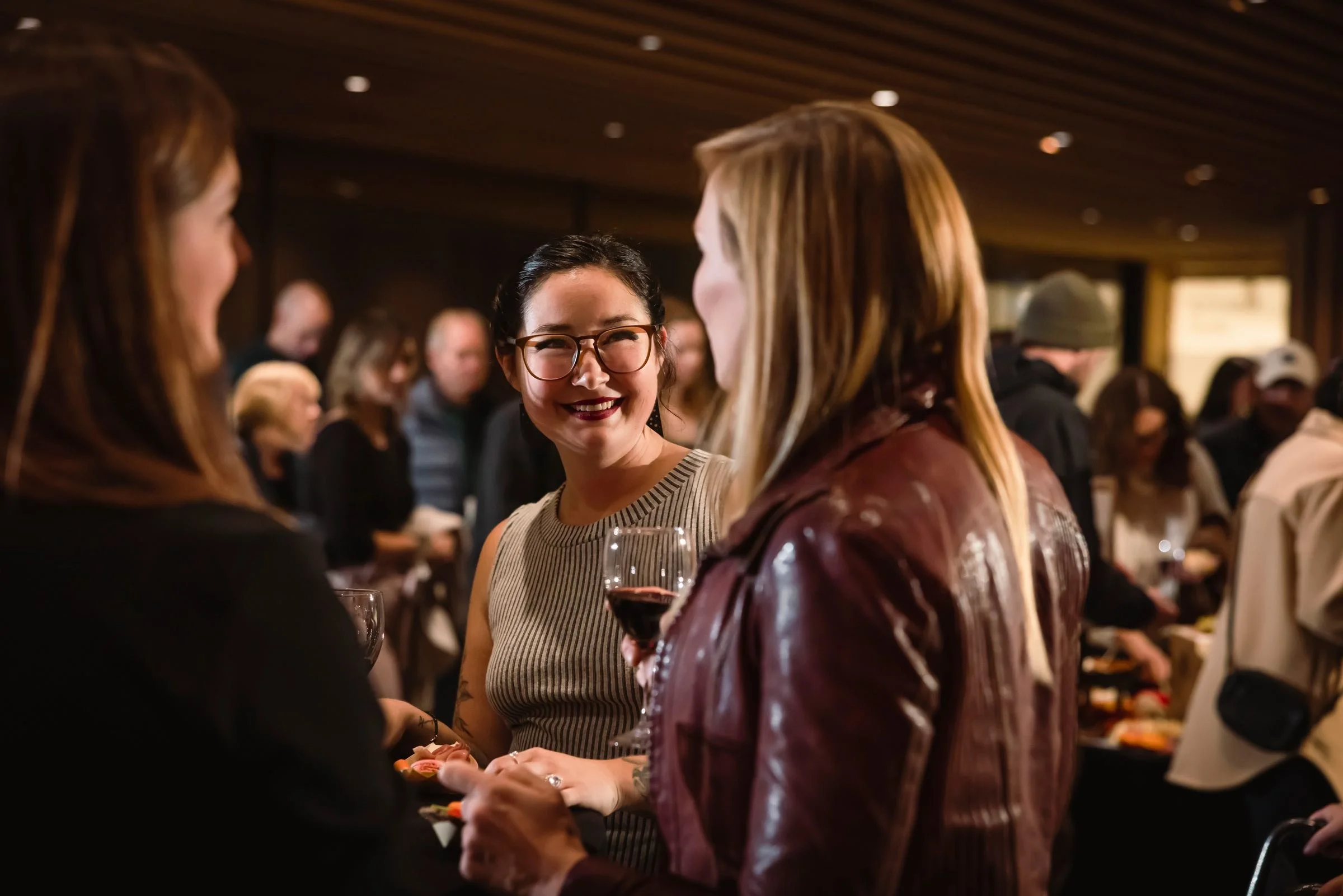Italian artist Alessandro Sciarroni brings a nearly lost dance form to Vancouver International Dance Festival
Save the last dance for me puts a new spin on the whirling polka chinata
Gianmaria Borzillo and Giovanfrancesco Giannini in Save the last dance for me. Photo by Cult TV
Vancouver International Dance Festival, The Dance Centre, and Italian Cultural Centre present Save the last dance for me, featuring performances on March 10 and 11 at 5 pm at Scotiabank Dance Centre; and free workshops on March 12 at 1 and 3 pm at Woodward’s Atrium, March 13 and 14 at Italian Cultural Centre, and March 15 at 5pm at Woodward’s Atrium
WHEN ITALIAN MULTIDISCIPLINARY artist Alessandro Sciarroni discovered a Bolognese dance called polka chinata a few years ago via a handful of videos from the 1960s, he was not only intrigued by the form but also eager to share it with the world. He was introduced to the style through a fellow who was teaching it—and who, at the time, was one of just five people on the planet who practised it. Athletic and acrobatic, polka chinata is a courtship dance dating back to the early 1900s that was originally performed strictly by men. It involves two dancers embracing each other, whirling knee-to-knee as they bend their legs almost to the ground.
Now, through Save the last dance for me, an internationally touring work with accompanying instructional workshops—which will have its Canadian premiere at the Vancouver International Dance Festival—Sciarroni is helping revive the folk art. Just don’t say he’s rescuing it from becoming obsolete.
“Sometimes when I read articles I see people saying I wanted to save the dance from extinction,” Sciarroni says from Rome in a Zoom interview with Stir. “That is not my intention; that’s too ambitious. I remember talking once with an anthropologist who said that dance doesn’t go into extinction like human beings or animals; dance has the capacity to appear and disappear. In that way, dance is stronger than us.
“This dance was quite important at the beginning of last century, then after the war it lost the courtship aspect and transformed into spinning competitions; it was not performed anymore at the parties, but moved outdoors under the arcades of Bologna,” he says. “Then no one was practicing it anymore. Then one day one man discovered some videos and decided to bring it back to life. Dance has the capacity to jump from one generation to another. I had this thought during the pandemic, with the lockdowns in Italy. I was so worried about how dance is going to be after this. But dance is going to survive. It’s ephemeral.”
Sciarroni created Save the last dance for me in collaboration with Giancarlo Stagni, the Filuzziani dance master who found and studied those decades-old videos. The project consists of a performance by dancers Gianmaria Borzillo and Giovanfrancesco Giannini and a series of public workshops aimed at teaching people the dance and spreading the tradition.
The form is fun to practise, Sciarroni says, if far more challenging to learn and perfect than it may appear. While a conventional polka chinata would last only two minutes, Save the last dance for me is nearly 20 minutes long, a physically demanding feat for the artists.
Sciarroni, who trained as an actor and has a fervent interest in body art and performance art created by visual artists, came to the dance world somewhat by chance. “My work was a little bit too minimalistic for the theatre and maybe a little bit too baroque for galleries,” he says with a laugh. “So I remember I started receiving some invitations from dance festivals. I was kind of adopted by the dance world.”
In fact, in 2019, he was awarded the Golden Lion for Lifetime Achievement in Dance by the Venice Biennial.
“When I see a group of people doing some movement in unison, it connects me with a story much older than me,” Sciarroni says. “It makes me think about what we are. It makes me think about the mystery of the universe; I’m fascinated by that. It makes me think about questions I had in mind when I was a child, thinking about the infiniteness of the universe. I had a lot of questions I could not find the answers to. But seeing a group of people doing something together like this gives me the same feeling of watching a cloud of birds flying together. It really connects me to the universe in general.”
Alessandro Sciarroni. Photo by Andrea Macchia
Sciarroni’s works have been featured in dance and theatre festival, museums, art galleries, and unconventional spaces, everywhere from Abu Dhabi Art Fair to Crossing The Line in New York to Centre Pompidou in Paris, The Walker Art Center Minneapolis, Punta della Dogana-Palazzo Grassi in Venice and the MAXXI Museum in Rome. He often draws from circus or sports in his pieces to explore the limits of endurance and different dimensions of time.
While polka chinata is traditionally set to folk music, Sciarroni strikes that conventional approach, favouring instead a contemporary soundscape. Doing so, he says, removes any potential stereotypes of folk dance. “It’s not because I don’t like it, but because it connects you to see something that you wouldn’t have noticed otherwise.”
In viewing Save the last dance for me, many people see within the dance some kind of love story, anchored in the literal and figurative idea of giving yourself over to another person. “When you spin you have to keep yourself and keep the other together,” Sciarroni says. “One of the things people tell me when they see the show is they want to fall in love with the rest of the world.”














